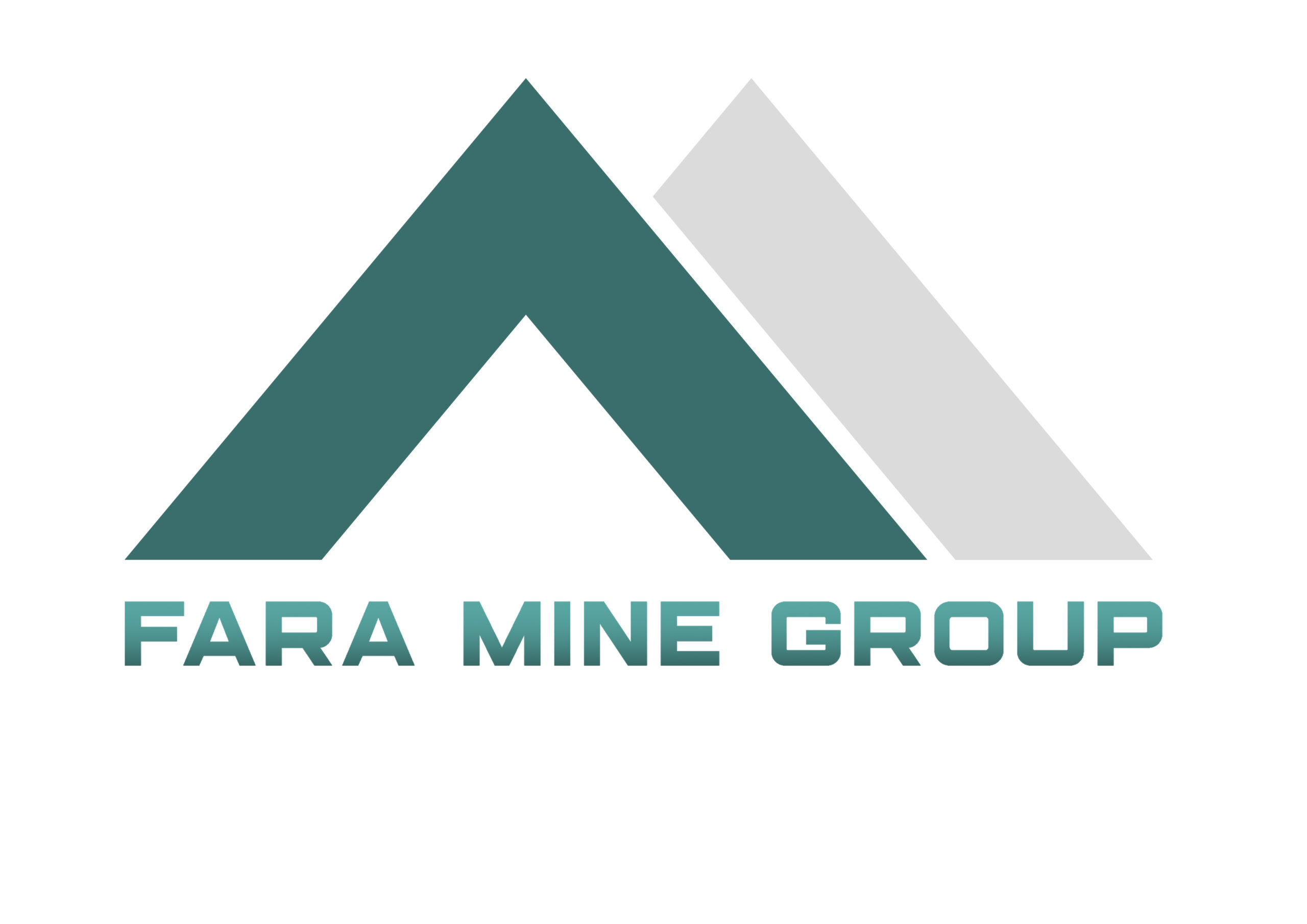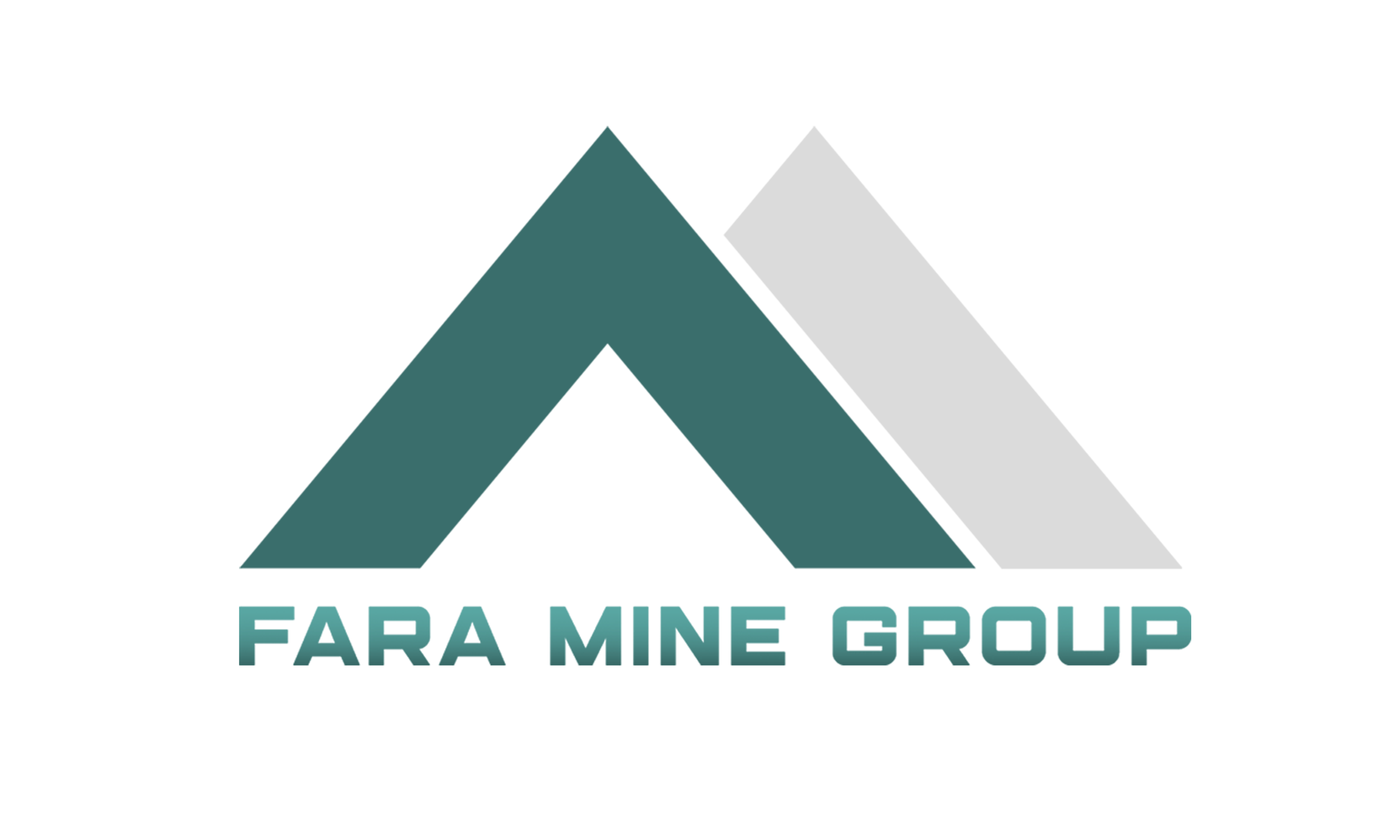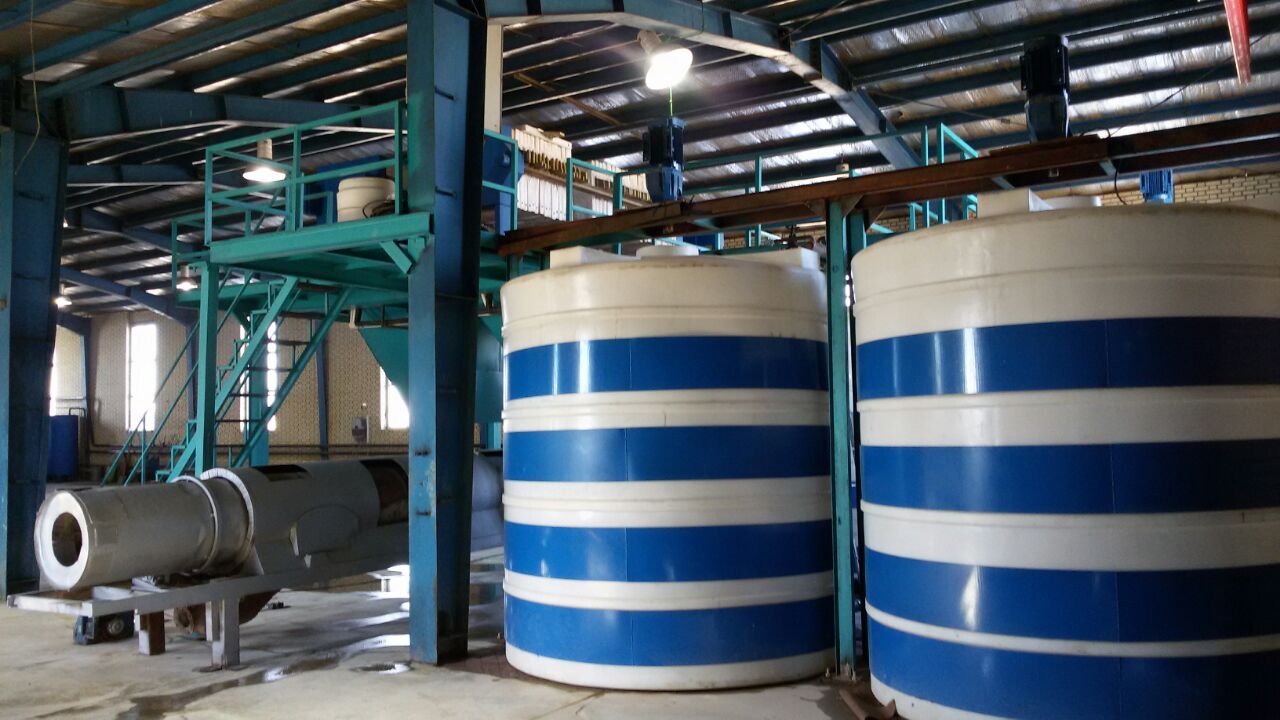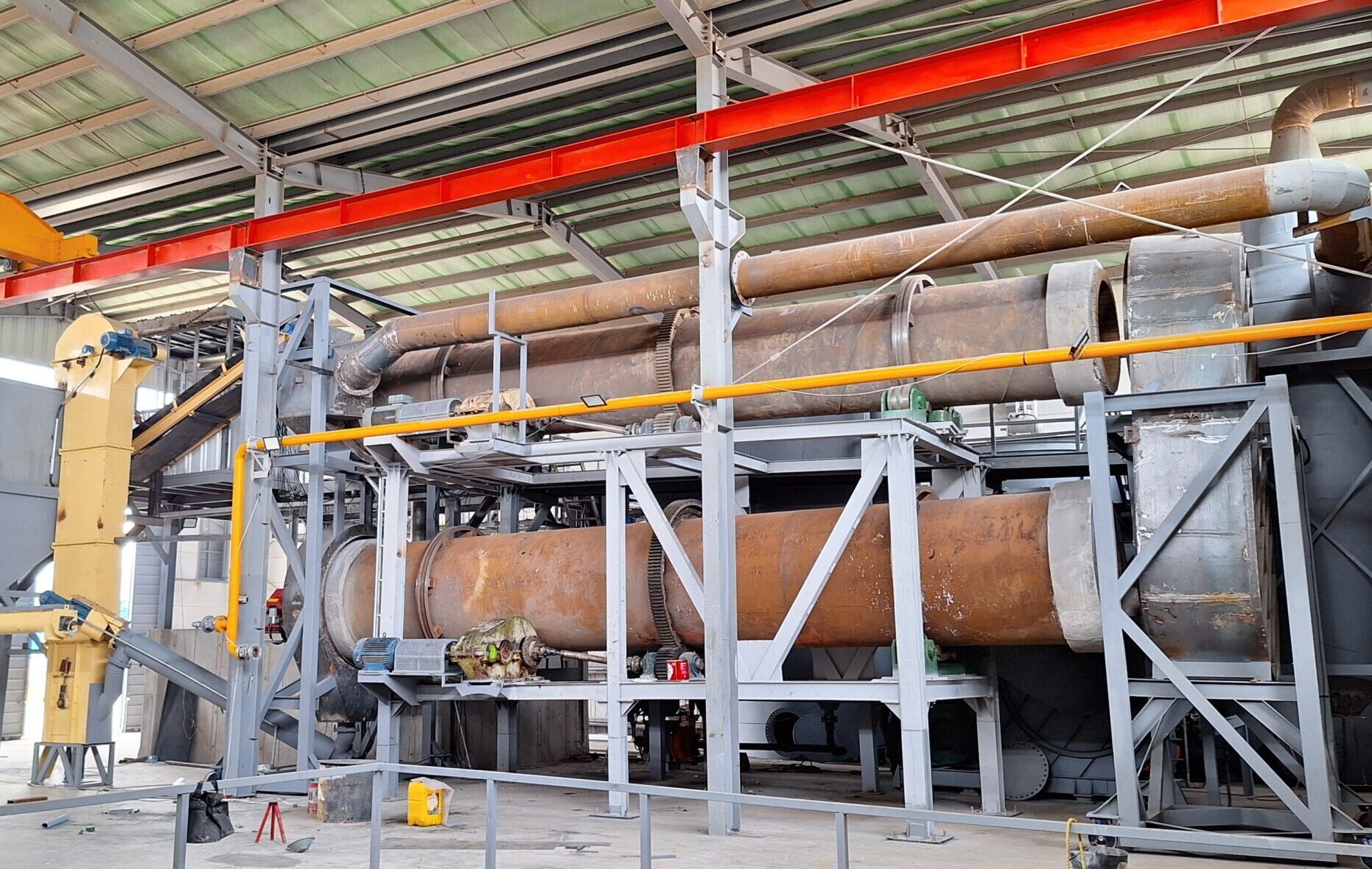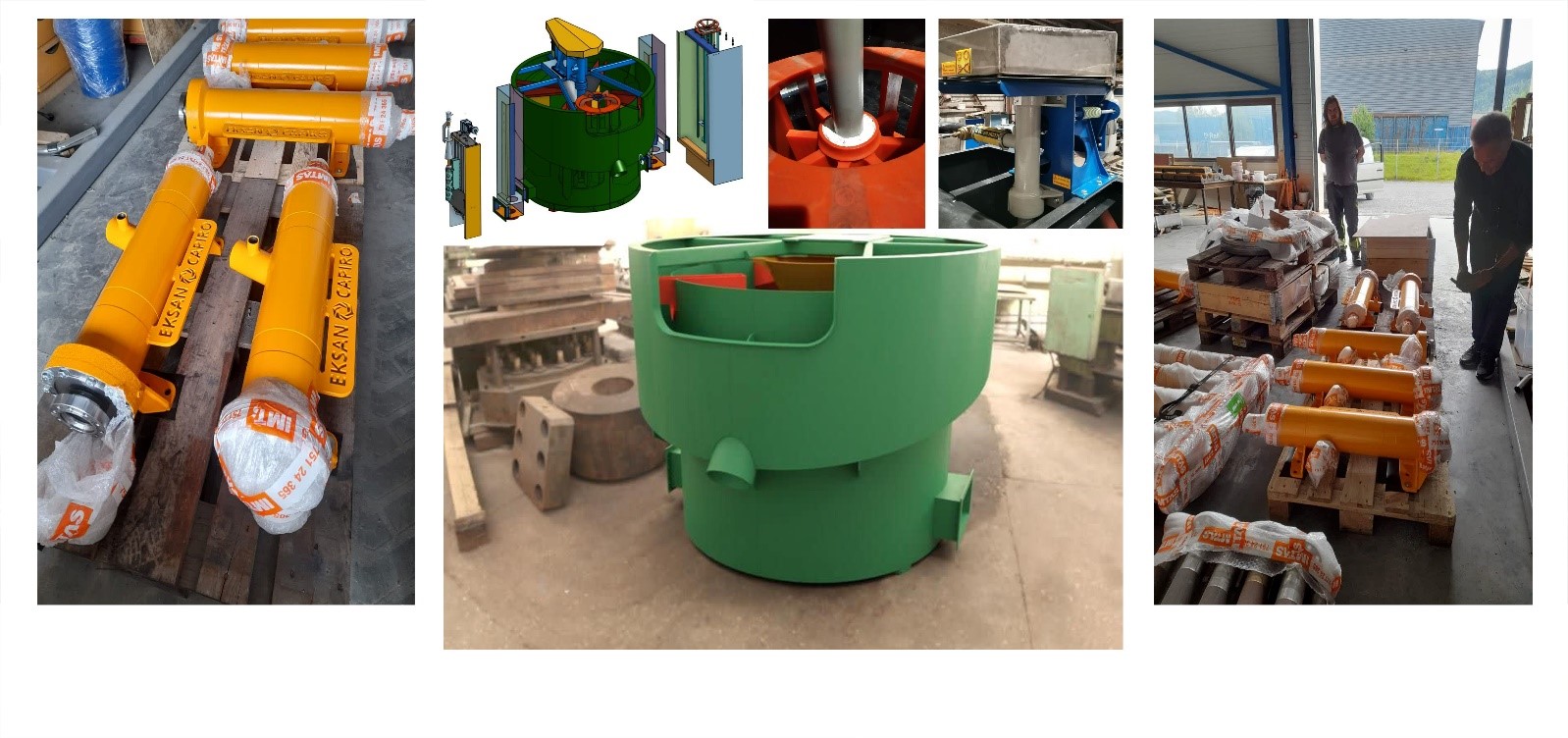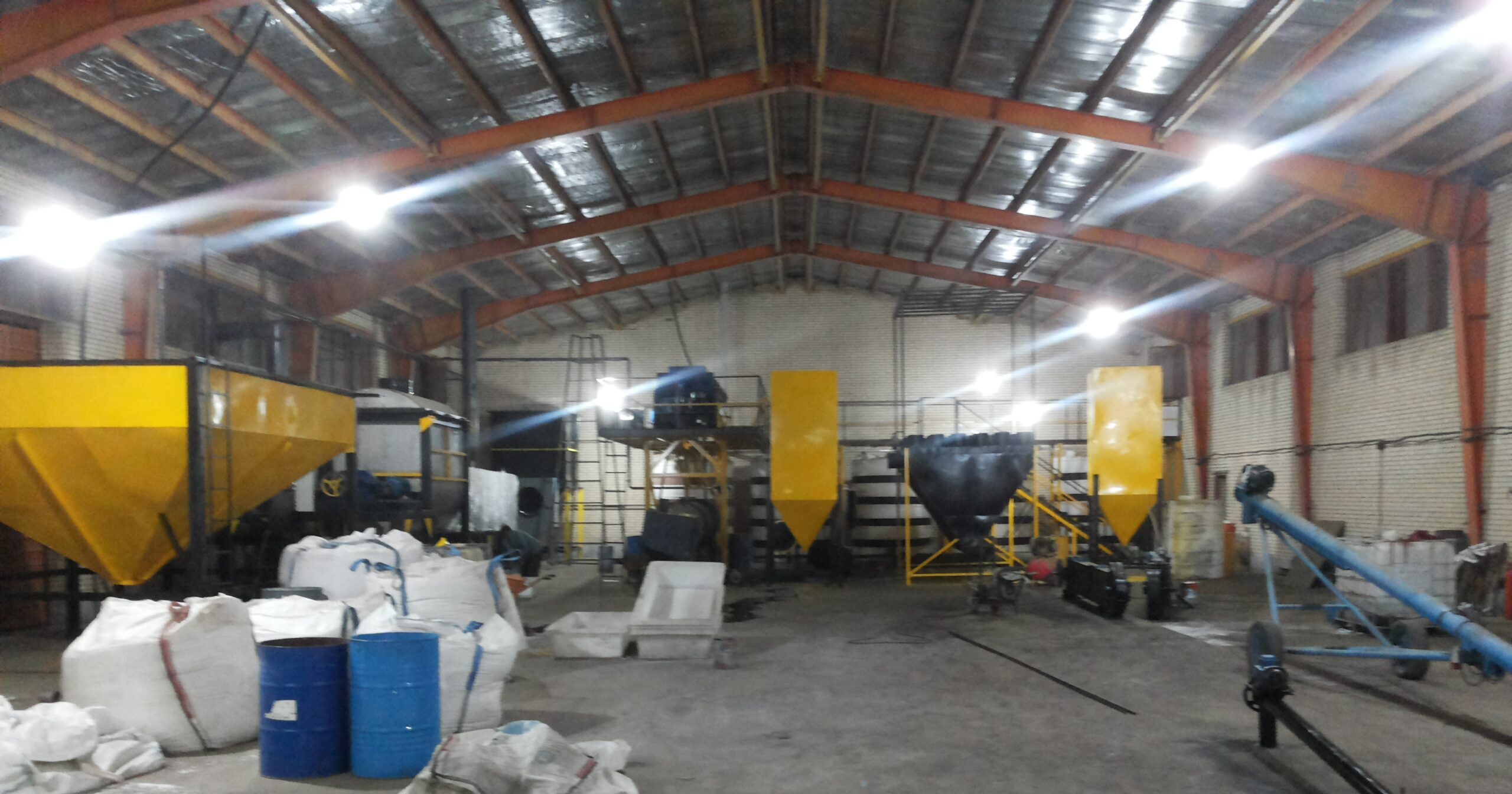Hydrometallurgy is a subfield of extractive metallurgy that involves using a solvent to dissolve materials. The concentration, purification, and precipitation processes in this discipline are conducted in a solution medium. The solvents used are typically water combined with acidic or alkaline chemicals, though water alone serves as the solvent in some cases. As a result, dissolution processes in hydrometallurgy can be classified into three categories: acidic, alkaline, or aqueous. It is worth noting that leaching processes are sometimes performed on impurities to remove them, with the remaining solid being the final product.
The solution obtained must undergo purification and concentration. These methods, as their names suggest, selectively purify or increase the concentration of the dissolved material. This process is conducted to reduce impurities and elevate the concentration to an economically and technically viable level for subsequent processes.
The final step in hydrometallurgy involves recovering the target element dissolved in the solution back into a solid or metallic form. This can be achieved through methods such as precipitation, electrolysis, spray drying, and other techniques, transforming the purified solution into a marketable product.
